Brice Cutrer Jones is virtually synonymous with California Chardonnay (Hint: Sonoma-Cutrer Chardonnay). The logical assumption is that the topic de jour of any interview with him would be Chardonnay. However, I recently sat down with Cutrer Jones to discuss - of all things- his foray into Pinot Noir. After 25 years as a renowned producer of fine Chardonnay, Cutrer Jones has done an about face and is now applying the same passion, skill, and marketing savvy he and his team used to become world class makers of Chardonnay, into making what he refers to as Noble Pinot Noir.
After 25 years of making outstanding Chardonnay at Sonoma-Cutrer, you sold Sonoma-Cutrer and switched from Chardonnay to Pinot Noir when you started Emeritus. What inspired the switch?
We had begun a Pinot experiment at Sonoma–Cutrer (SC) beginning in the mid-90’s, and by the time I sold the company we had a small experimental Pinot winery in an old barn, 150 acres of Pinot planted and a use permit to build a winery for 25,000 cases of Pinot. I sold SC in 1999 because by then I had over 100 stockholders, and most had been invested for 20-plus years and wanted their money back (what a concept!), one way or another. I could have gone public, but didn’t believe then, and still don’t, that public companies should be in the wine biz. Brown-Forman (BF) was a public company, but mostly run and controlled by the Brown family, said they wanted to learn about fine wine, and made all the right sounds about long term investment. Well, we live and learn...might as well have taken it public myself.
At the same time as the sale of SC was taking place, Don and Marcia Hallberg offered me their jewel—105 acres of apple orchard on rolling slopes right on on the Gold Ridge just north of Sebastopol. I offered it to BF, but they were not interested and waived my non–compete agreement and allowed me to purchase it with six other SC key management people. Of course, we could have planted Chardonnay, but we were a lot more “turned on” by the success we were having then in our experimental winery with Pinot, so that is what we planted. One variety only—Pinot is plenty challenging enough without being diverted by all kinds of other efforts.
By July 2001, BF couldn’t stand it any longer, and fired me (freed me from my purgatory, freed themselves from their hell)—along with a few other key management. Most of the rest quit over the subsequent year or two, and all came on over to Sebastopol to be part of the new adventure. Of all our current employees, almost all (with the notable exceptions of the winemaker and the sales manager) came from SC, having worked together for the better part of 20 years—thus, the brand EMERITUS.
What has been different for you as a farmer and a winemaker now that you are making Pinot Noir instead of Chardonnay?
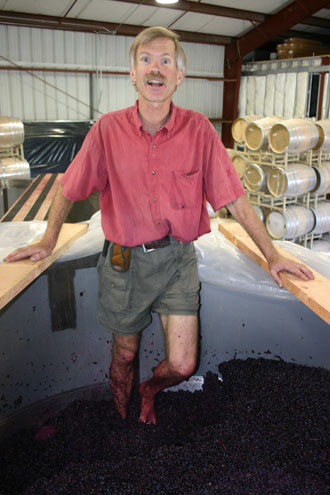
How has the industry responded to the change?
We began with the same marketing plan as the first time, but are finding that things are different for Pinot (really for all fine wine) out there than we thought they might be. Our track record does get us in the door just about anywhere, but then it is up to the wine itself, and the after that, the selling proposition—value and service. Some things that were important the first time around, with Chardonnay, aren’t so important this time with Pinot—and vice versa. At the end of the day, I’d a lot rather be out pitching Pinot right now than Chardonnay.
Your goal at Emeritus is to create, what you refer to as, a noble Pinot Noir. Define for us what you mean by "noble":
A “Noble” wine is a wine of distinction, with a sense of place. Further, it is a wine with refinement, with balance, with elegance, and one that that will stand alongside other traditionally great wines of the world, and appeal on its own terms to fine wine drinkers everywhere.
You have two Pinot Noirs, describe each:
Our bread and butter Pinot, the one we sell only into the three tier system (through distributors to restaurants and a few fine wine shops), is the EMERITUS, Estate Bottled, Russian River Valley, made almost entirely from grapes we grow ourselves at our main ranch, the 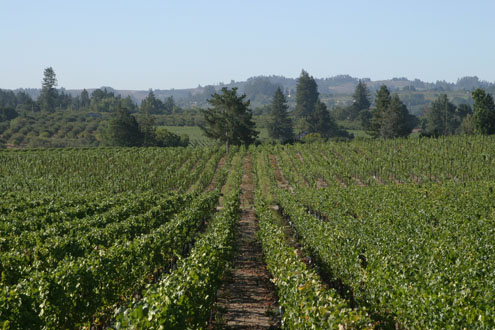
We also own two small vineyards at the coast, an area sometimes referred to as the True Coast. These vineyards we call 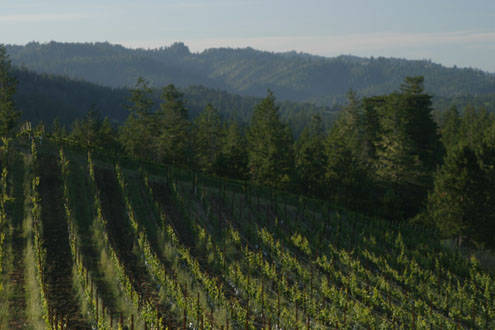
Both the EMERITUS, Russian River Valley, and William Wesley, benefit from small amounts of cross–blending of certain clones grown in our other vineyards. We believe (and tasting has verified) that this clonal cross–blending produces a wine superior to one limited to a specific parcel. We are able to take advantage of this benefit and still produce Estate Bottled wine, only because we own the vineyards.
One Pinot Noir is from your Hallberg Vineyard in Russian River Valley and the other is from the William Wesley Vineyard, farther West near Annapolis. Describe the difference terroir brings to each:
Terroir is a concept that means many different things to different people. After twenty years of studying this concept, and discussing it with, it sometimes seems, almost every wine drinker under the sun, especially with a raft of French producers, I can’t say I have any deeper understanding of it today than I did twenty years ago, nor than anyone else, from novice to connoisseur. The main thing I might be able to add to the discussion is that I don’t think the influence of terroir stops at the vineyard’s edge, but continues influencing the wine right through fermentation and elevation of the wine. Thus, man is an important element of terroir, as well as all the rest of the vineyard exogenous influences.
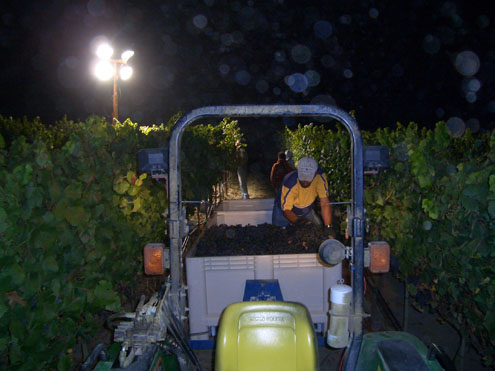
Once we admit to the overriding influence of man, terroir becomes even harder to nail down. At this point I am rambling, so will close by observing that I think our EMERITUS reflects the Russian River Valley personality, is lucky to be grown in Gold Ridge soils which permit the viticulturist to produce grapes dry farmed, biodynamically, in almost perfect balance, to give to the winemaker grapes of distinction (character), with almost perfect chemistry (avoiding high sugars that result in excessive alcohol), to let him then work his magic. The rest is left to the wine drinker to derive.
You have a stellar wine making team at Emeritus. Tell us about them.
The EMERITUS Team is the best assemblage of vineyard and winemaking professionals, I believe, in all Winedom. This Team launched and managed the SC enterprise for 25 years, making it the number one “most asked for wine” in America’s fine dining restaurants for over 15 years. The entire Team, except the winemaker, made the trip over to EMERITUS VINYEYARDS to produce our Pinot Noir grapes and launch our brand. 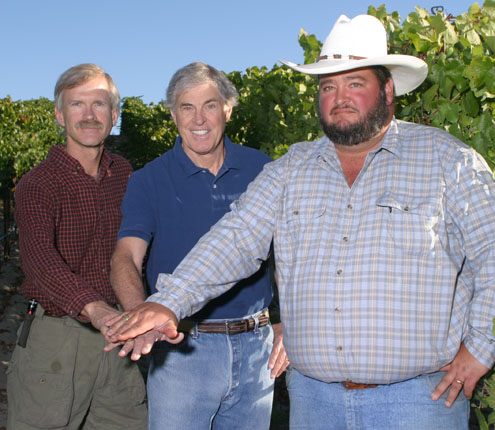
Where can people find your wines?
A few of the best known wine shops around the country carry the EMERITUS, Russian River Valley. Most that had it, are now sold out for the current vintage. We still have a very few cases at the winery of the EMERITUS William Wesley, which can be ordered (while they last) by going to our web site: www.emeritusvineyards.com and signing onto the mailing list.
Thank you for your interest, and—if you are reading this—for staying with this rambling discourse this far.





